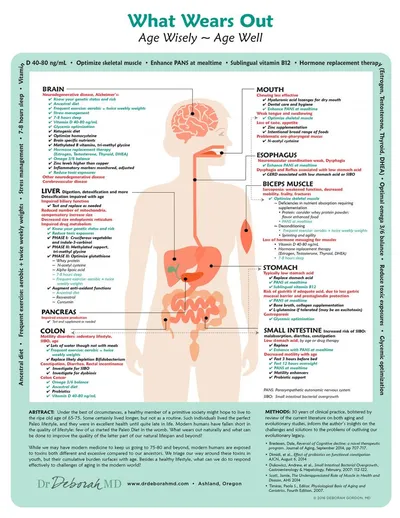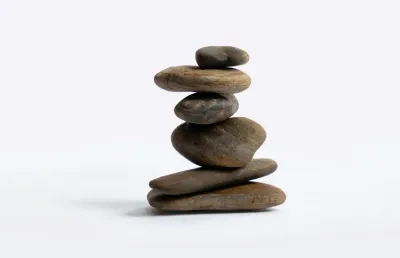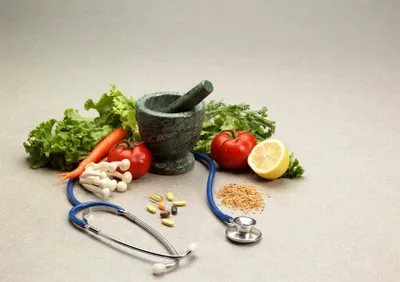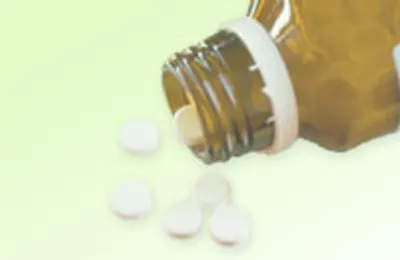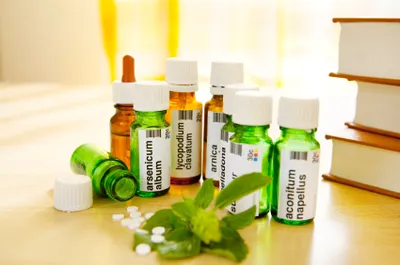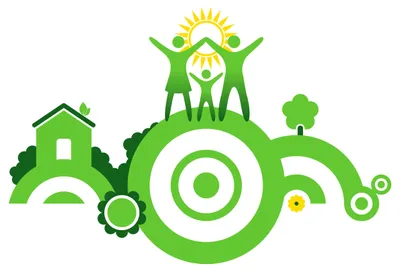Aging is a complicated topic. As we get older, the truth is that some changes in our health are almost predictable based on the number of birthdays we have had! Here’s a handy dandy quick guide to details about “what wears out” in a few selected sections of our physiology. Each line merits a little […]
While the health details of each individual are unique, it is also true that most healthy people share common habits that I consider essential to creating and sustaining health. At some point in a first appointment, I like to touch on the components I prioritize for creating good health.
I know your physician has your best interests at heart when he or she notices a slight increase in your LDL (“bad”) cholesterol and suggests that you further eliminate fats from your diet, or consider starting a statin medication.
What perfect timing! Just as Americans are heading to the beaches and mountains for some added exercise and recreation, the press headlines let us know: we are indeed exercising more, as we’ve been told to do, but unfortunately, we are no thinner for it. Our poundage is expanding despite the increased exercise!
Your Fitness – for the Metabolically Challenged
“Metabolically Challenged” means that you weigh more than you’d like to and that one or more of the following is true:
What is your level of fitness? Consider your mental, physical, emotional, and even spiritual health – how fit are you? My training did not actually focus on “health” until I first studied Classical Homeopathy over 20 years ago. I realized it was a concept lacking from my professional medical education and found it interesting to consider: how does one define health?
An international study of hundreds of thousands of children and teens found a strong correlation between consumption of fast food and synptoms of asthma, eczema, and rhinitis. Eating fast food meals at least three times weekly was associated with a 39% increased risk of severe asthma in teenagers.
“I can’t remember when I last had a good night’s sleep.” Turns out those two problems are related: older folks (or anyone) whose sleep lacks high quality deep ‘slow wave’ sleep actually have impaired memory function because of their poor sleep quality.
No, telomeres are not a new exotic vegetable to seek out at the market, but rather the little caps on the end of your own DNA, that protects the DNA from breaking into fragments or inadvertently connecting with another strand.
Scientists from my alma mater, University of California at San Francisco, have found and published the physical evidence of aging that correlates with what I hear from my patients.
On a recent Tuesday night, I had to go down into the basement – a dark and dingy combination of crawl space and failed fall out shelter – to get my fluffy comforter and an extra sheet to guard my outdoor tomatoes against that night’s frosty threat.Our house is nicely shaded throughout the summer, keeping our rooms delectably cool on hot nights. Now the shade is already a hindrance – our leather couch cannot be enjoyed without a throw across my lap.
Scientific studies have identified various ways in which cruciferous vegetables reduce the risk of breast cancer. Polish women who continue to eat cabbage more than three times a week after moving to the US, for instance, maintain a low risk profile similar to women remaining in Poland. Give up cabbage, it’s at your own peril: risk rises to equal that of their US born neighbors.
The big news of the week is the concession in Dean Ornish’s plea for healthy eating in this weekend’s New York Times.
The end of summer is a good time for thinking about your skin.
Research is currently being published in a peer-reviewed journal demonstrating a measurable physiological effect in response to blinded administration of homeopathic remedies.
Kristin and I used to run together at least once a week. It started when we both fought fire, and we ran or worked out together every day. That summer we ran in the rain, water sloshing into our mesh running shoes.
For people new to meditation, the activity can seem daunting. There are many excellent books, articles and religious traditions that describe different practices of meditation. When people read a book about meditation, many people give up before they start, fearing they will never be able to quiet their mind.
What I publish on DrDeborahMD embodies what I think of as Sensible Medicine. We offer you a partnership in health, similar to what I offer patients at my medical practice.
Meditation classes are thriving, even usurping time from once athletic yoga classes. Meditation is widely acknowledged as a stress reduction technique, and has also been associated with reduced blood pressure and improvements in other physical measures of illness.
Homeopathic remedies make a perfect first aid kit. With twelve simple remedies, you can help yourself or your family members heal from many common injuries and illnesses.
To some people, “homeopathy” implies the whole range of alternative health treatments, including herbs, supplements, and perhaps even acupuncture. However, if you’ve actually seen a homeopathic remedy, you most likely have seen a tiny vial of little white pills with an unusual name. Homeopathic remedies are in fact made from every sort of substance imaginable-animal, plant, and mineral.
Every day we read about some environmental scare or disaster. Many of us feel helpless: climate change, deforestation, toxic dump sites, nuclear waste, ocean health. The list goes on and on. And, of course we all need to address these planetary health issues. However, our immediate environments can be just as important to our personal health and energy. We’re talking about our homes – where we eat, sleep, and spend time with friends and family.
It is sobering to consider that there are some 85,000 chemicals in circulation today. It is even more alarming to realize that less than 20 percent of chemicals commonly found in products used in homes every day have never been assessed for safety.


